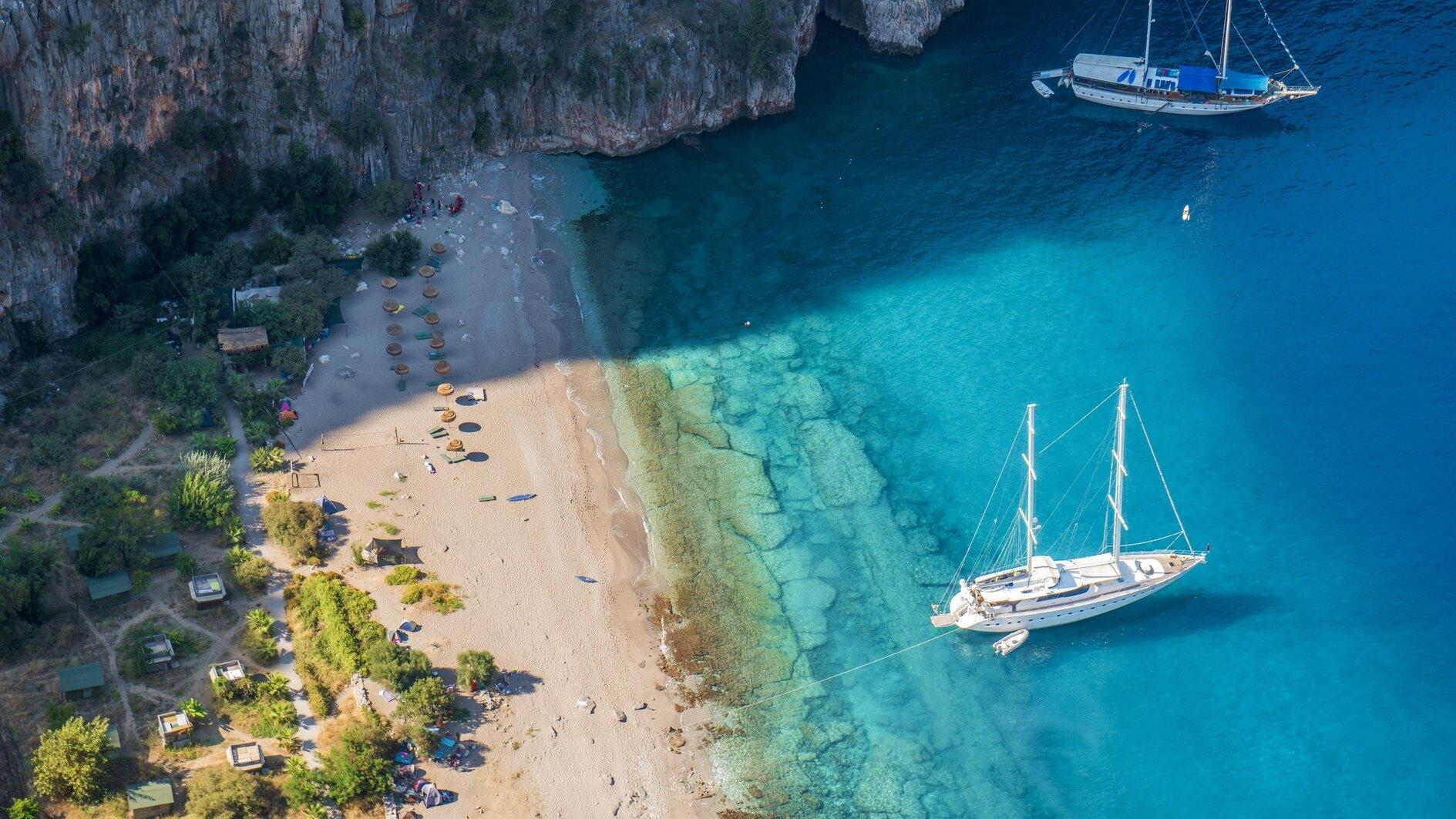From Atatürk to Erdoğan
On Aug. 28, Turkey’s new president, Recep Tayyip Erdoğan, assumed office with a series of ceremonies – at Parliament, at the presidential palace where former President Abdullah Gül changed seats with him and at Anıtkabir, the resting place of Mustafa Kemal Atatürk, Turkey’s founder. The latter was particularly interesting, because it is no secret that Erdoğan comes from political tradition that has been quite critical of Atatürk and his political legacy. So, what Erdoğan wrote in the “memorial notebook” of Anıtkabir was worth examining.
And it was interesting indeed. Because Erdoğan drew a clear line between Atatürk and himself, defining the time in between (from 1938 to 2014) as some form of a deviation from the ideal presidency. As the Hürriyet Daily News reported, Erdoğan wrote:
“Beloved Atatürk … after your death, the bond between the office of the presidency and the people was weakened. I believe the tenure I start today is a means for the people to embrace their president and for the state to embrace its nation.”
Why did Erdoğan draw this historical connection? One explanation is he had to give lip service to Atatürk, as every Turkish politician has to do, whatever his thoughts are. But still, this connection was something that went beyond lip service. Another explanation is Erdoğan turned into an “Atatürkist,” embracing all the policies and the ideological legacy of the Supreme Leader. But one must be quite naïve to think that way, because the ideological differences between Erdoğan and Atatürk are still all too obvious.
Therefore, I have another explanation for the from-Atatürk-to-Erdoğan symbolism: Erdoğan aims at re-establishing the Atatürk model of presidency, while filling the ideological content of this model with his own worldview.
The signs of this Atatürk model have been apparent for a while. In the past eight months, Erdoğan defined his battle with the “parallel state” as Turkey’s “second war of liberation,” in a clear reference to the first (and more literal) War of Liberation Atatürk fought against invading armies during 1919-1922. He initiated his election campaign from Samsun and then headed to Erzurum, following the exact same path of Atatürk in 1919. Moreover, Erdoğan’s supporters have been growingly using a language that resembles the Kemalist cult of personality. Erdoğan is hailed as the leader that has been awaited for centuries, the hope of not just Turks but “all oppressed nations on earth,” and even “the Sun of the Age,” as the title in a recent book.
But what will the Atatürk model be exactly? At its core, I believe, lies in elevating the presidency to the level of a Supreme Leader. The prime minister will act as a powerful secretary to the president, who will be able to change the prime minister if he deems necessary. The relationship between Atatürk and İsmet İnönü and Celal Bayar seems exemplary.
Of course, there is one big difference between Atatürk and Erdoğan: The former never competed in free and fair elections, but Erdoğan owes his power to the ballots. This also means Erdoğan’s rule would be more democratic and thus sensible to popular opinion. Yet still, it would help Turkey better in my view if it were a less ambitious, more modest, and more de-centralized model. For it is in the nature of “supreme leader” models to breed nepotism and lackeying and to hinder meritocracy and the rise of independent-minded, critical individuals.











